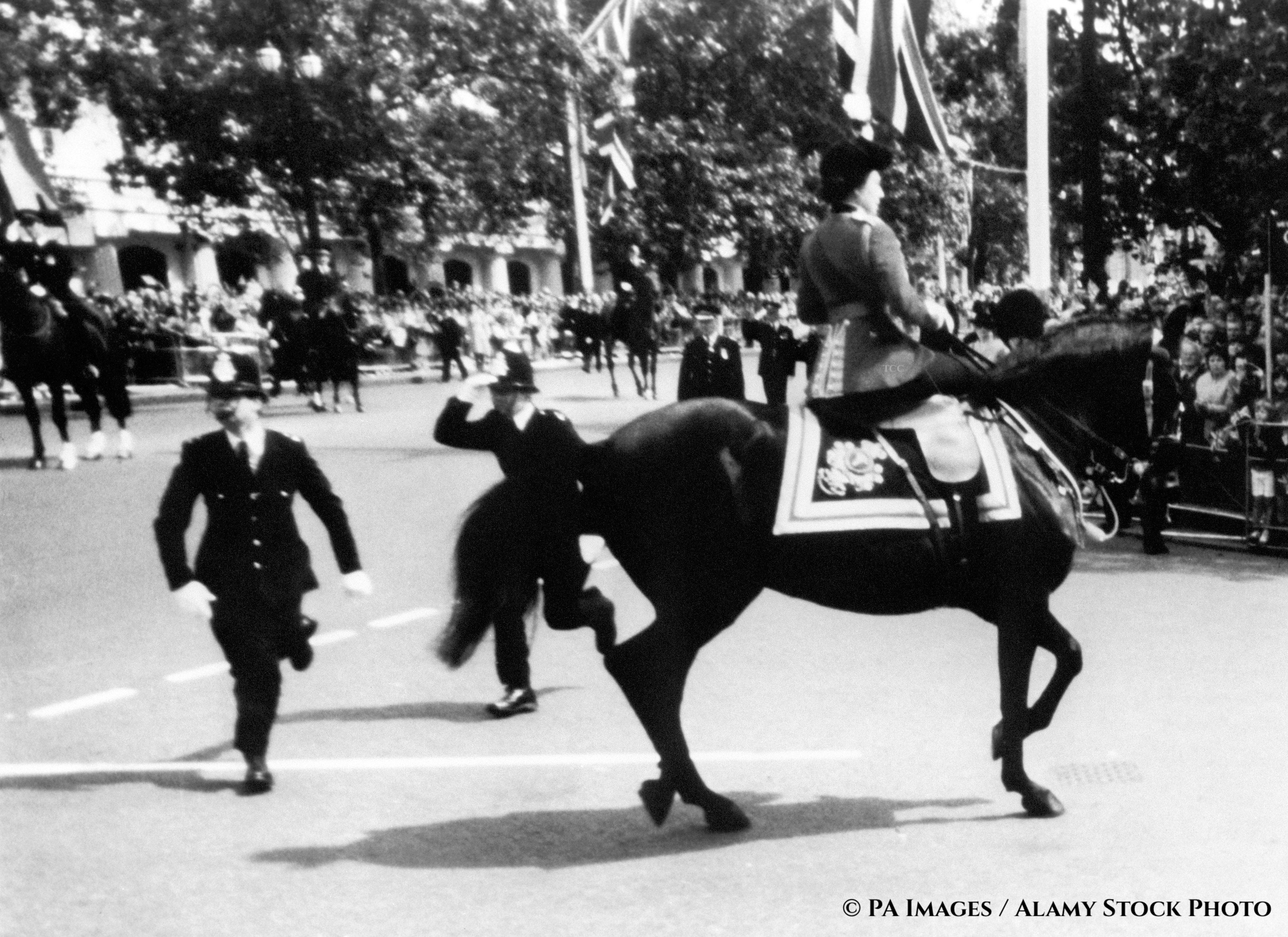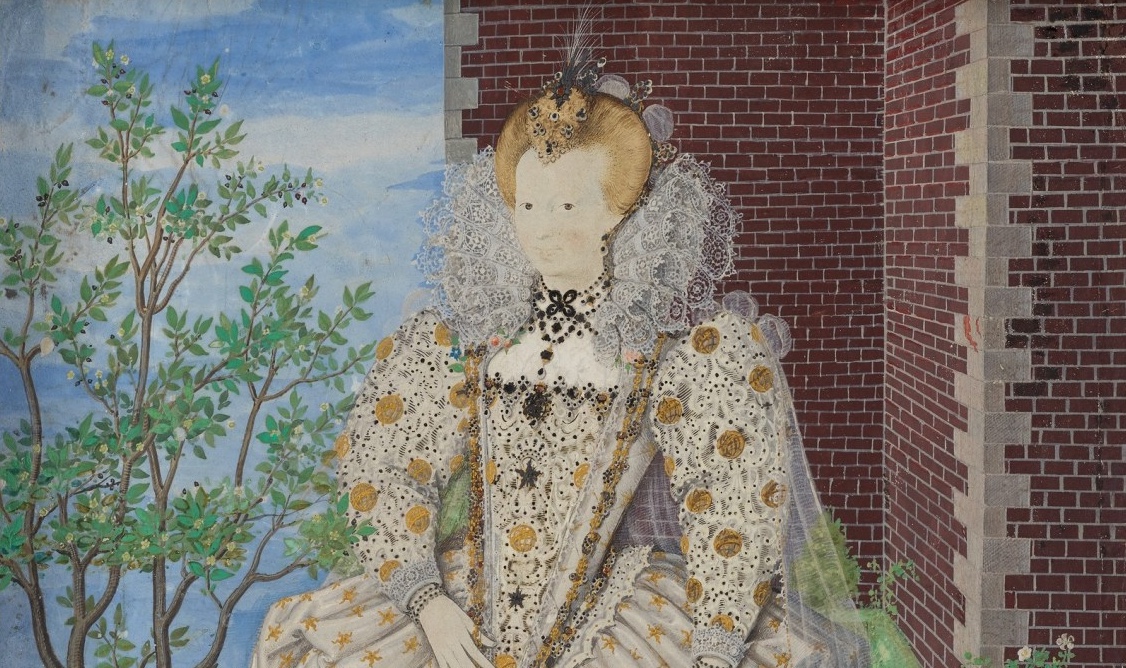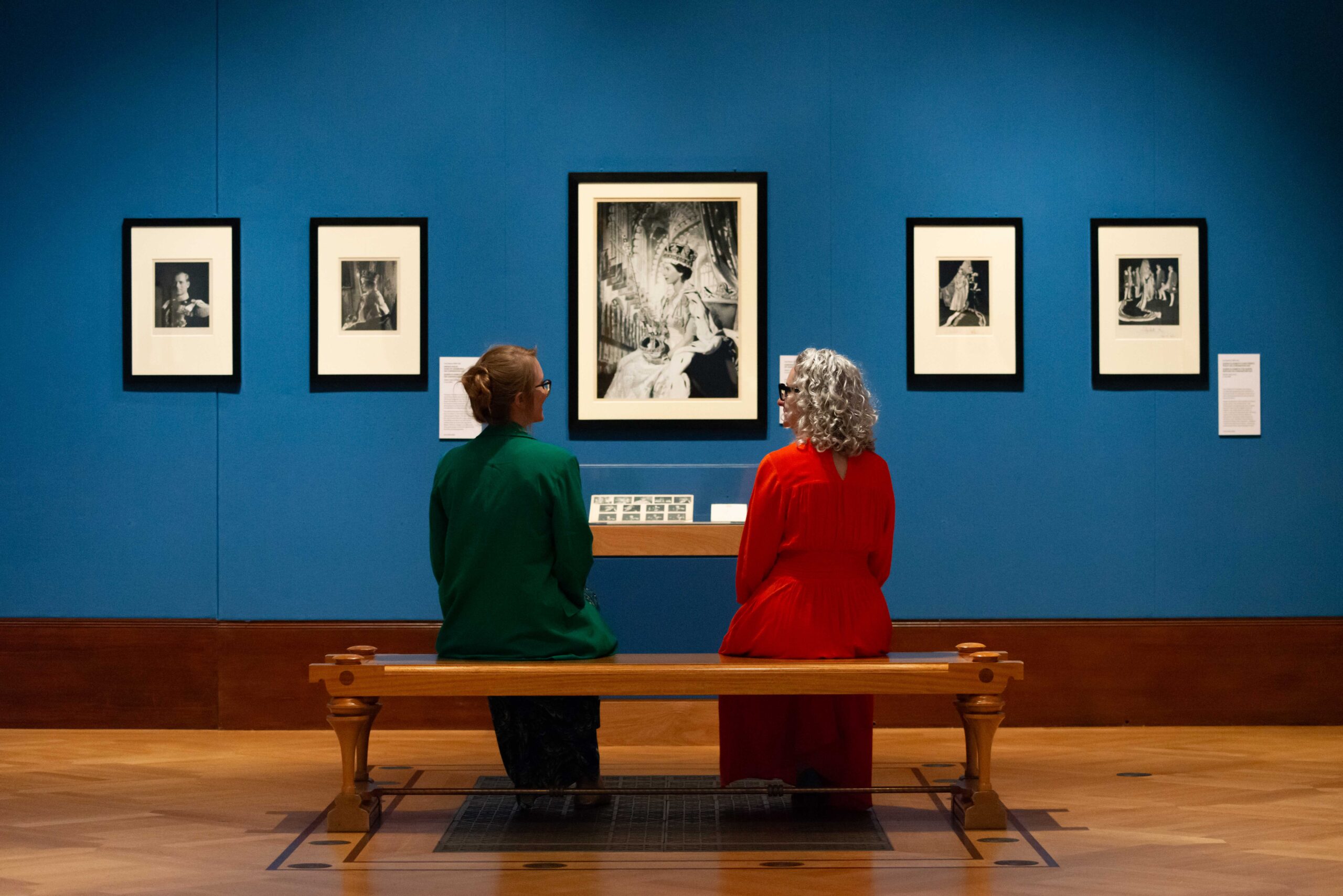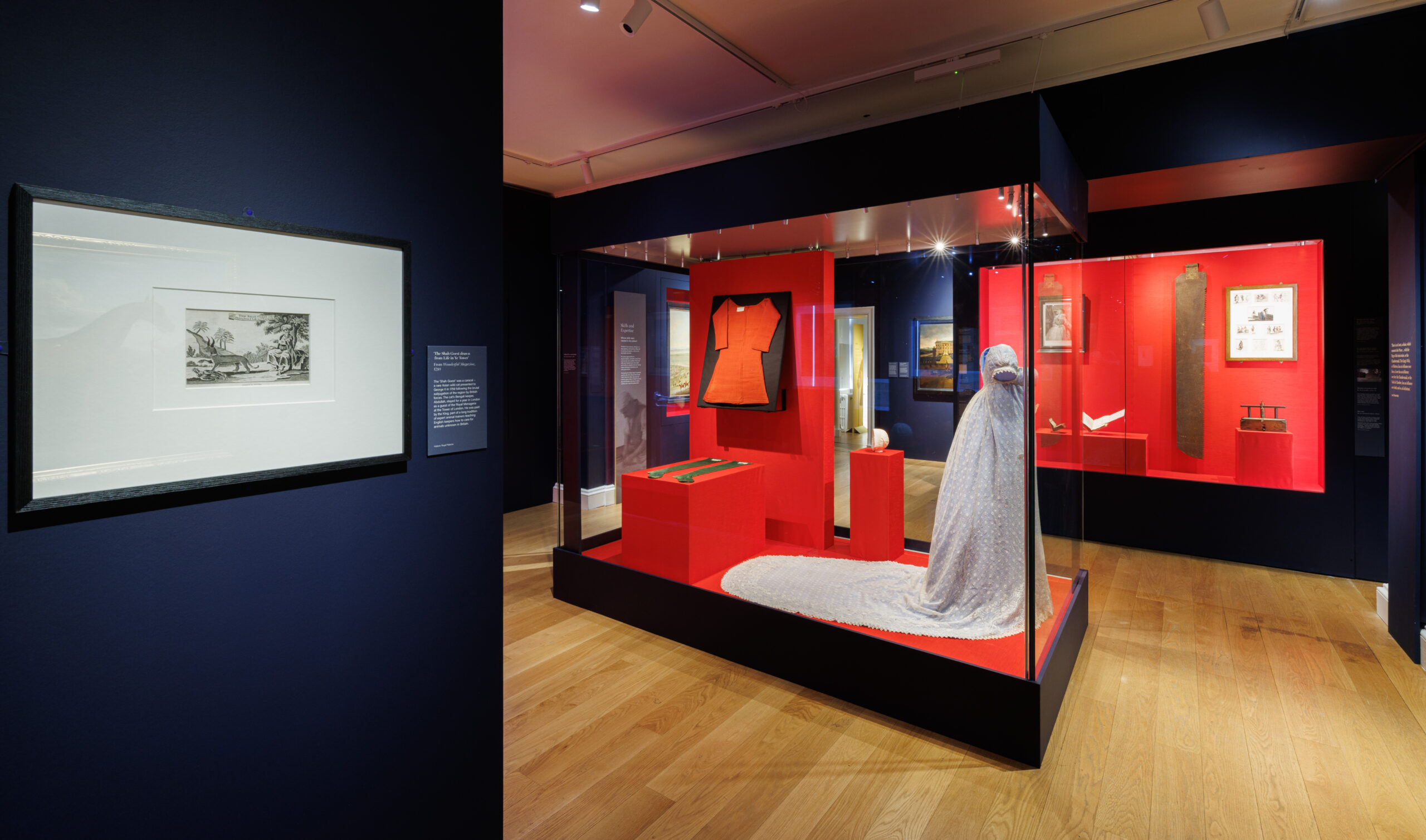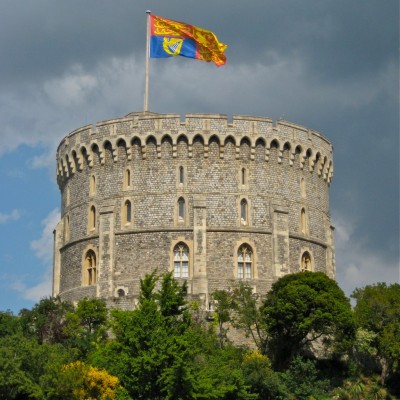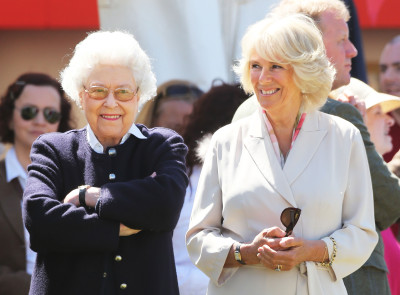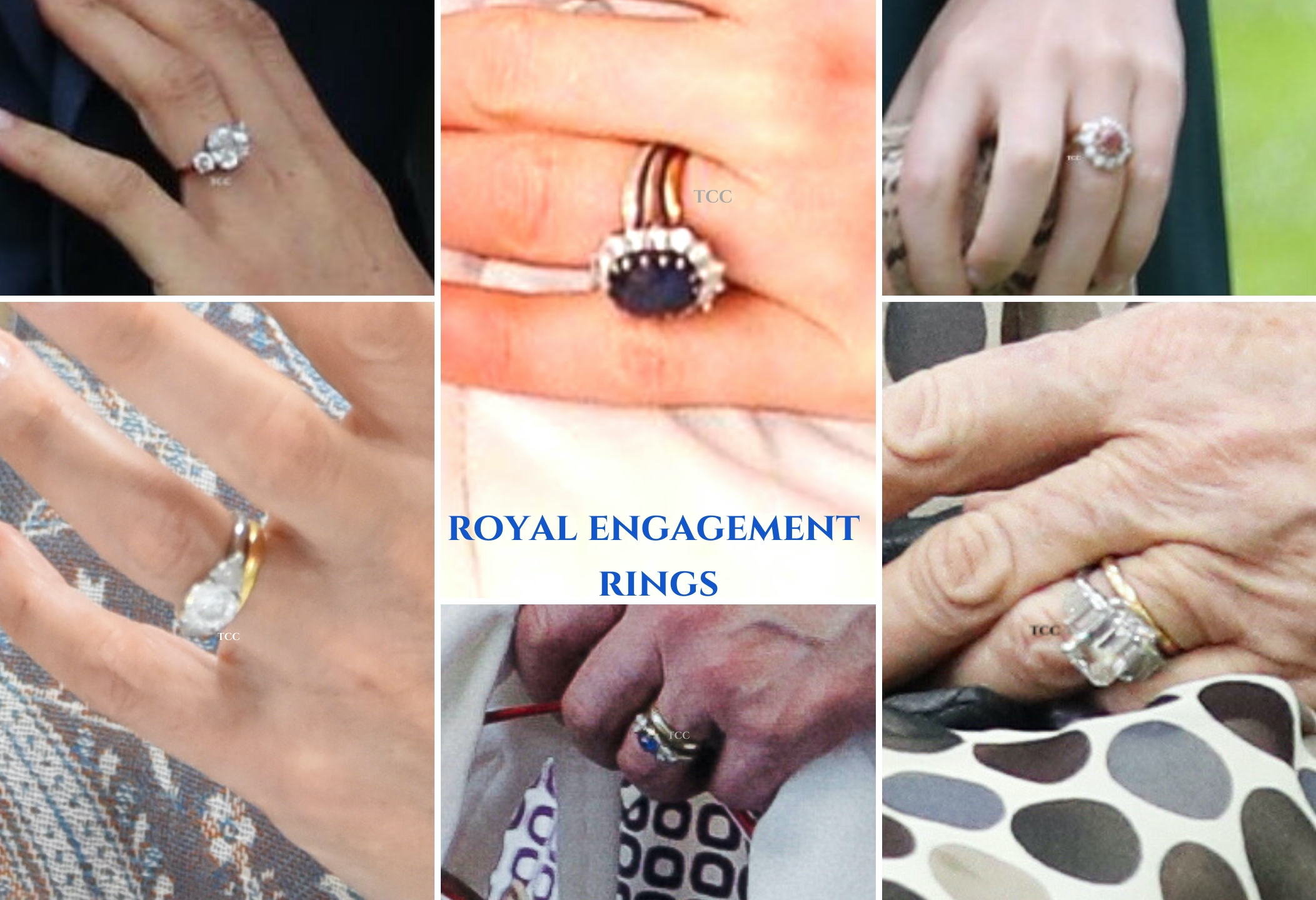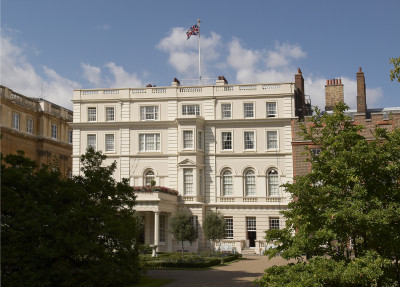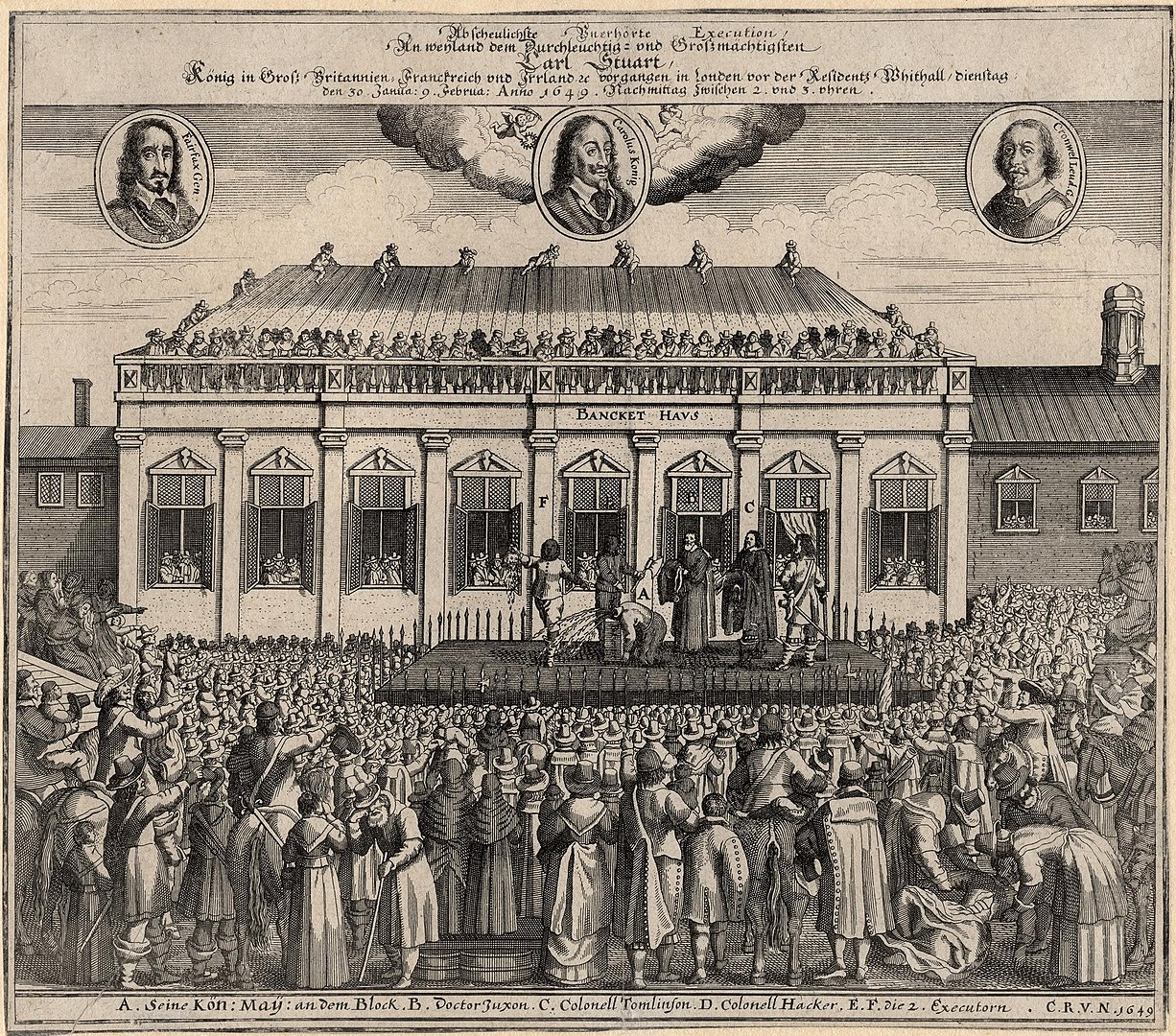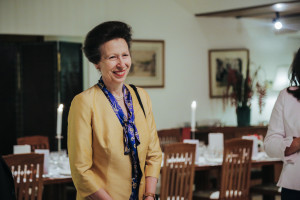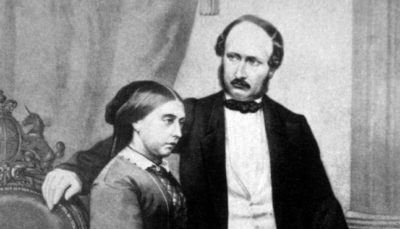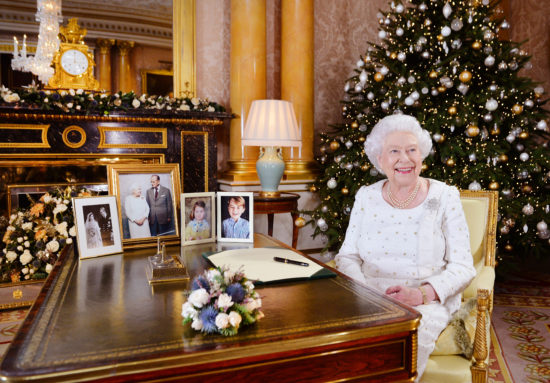Queen Elizabeth II marked a number of records and significant milestones in her life, and saw many a historic event: the length of her reign and her marriage, seeing man land on the moon, and the rise of the internet.
Her time in the Auxiliary Territorial Service is sometimes skimmed over because of this, but Elizabeth was in fact the first female Royal to serve in the military, continuing and strengthening the royal connection to the Armed Forces. This Women’s History Month, we’re taking a look at her contribution to the war effort.

George VI and Princess Elizabeth, c.1946
War begins
On 3rd September 1939, Britain and her Allies were at war with Germany. Princess Elizabeth, the eldest daughter of George VI, was only 13 years old, while her sister was nine.
A year later, the Blitz would begin. As many of children in London and other large cities were, the two were evacuated from Buckingham Palace for their safety. Unlike many of the other children, however, they only had to move to their weekend home of Windsor Castle, around 20 miles outside of London – unbeknownst to the public.
It was from here in October 1940 that Princess Elizabeth would give her first address. From the Drawing Room of the Castle, she addressed the children on the realm as part of the BBC’s ‘Children’s Hour’, with sister Princess Margaret.

Windsor Castle, (l-r)The Lower, Middle and Upper Wards
The Princess spent her teen years at the castle, living as normal a life as she could for a member of the Royal Family. She tended to the allotments at the castle as part of the government’s ‘Dig For Victory’ campaign, where people were urged to use spare land of all kinds to grow vegetables, to help combat food shortages.
Meanwhile, her parents visited locations across the country to see how the nation was holding up and show their support, and undertook military visits to boost morale amongst the troops. They remained at Buckingham Palace as a symbol of resistance against the Nazis, visiting Windsor at the weekends.
Every day Elizabeth and Margaret carried out their schooling and, on her 16th birthday, the heir to the throne undertook her first military engagement. Elizabeth had been appointed Colonel of the Grenadier Guards, inspecting the group during a parade in the castle grounds. This would formally begin her military affiliations as a working Royal, which she retained and cherished for the rest of her life.
When she turned 18, however, in April 1944, Princess Elizabeth wanted to do more than be cooped up at Windsor. Men were being sent to the front, and unmarried women under 30 were conscripted to join the armed forces or work on the land, like the Women’s Land Army, or in industry in munitions factories. She wanted to do the same, and play her own part.
The King was hesitant to have his daughter working as part of the military effort at first, but she kept urging him to let her and eventually he gave in, approving an appropriate role: she would join the Auxiliary Territorial Service (ATS).
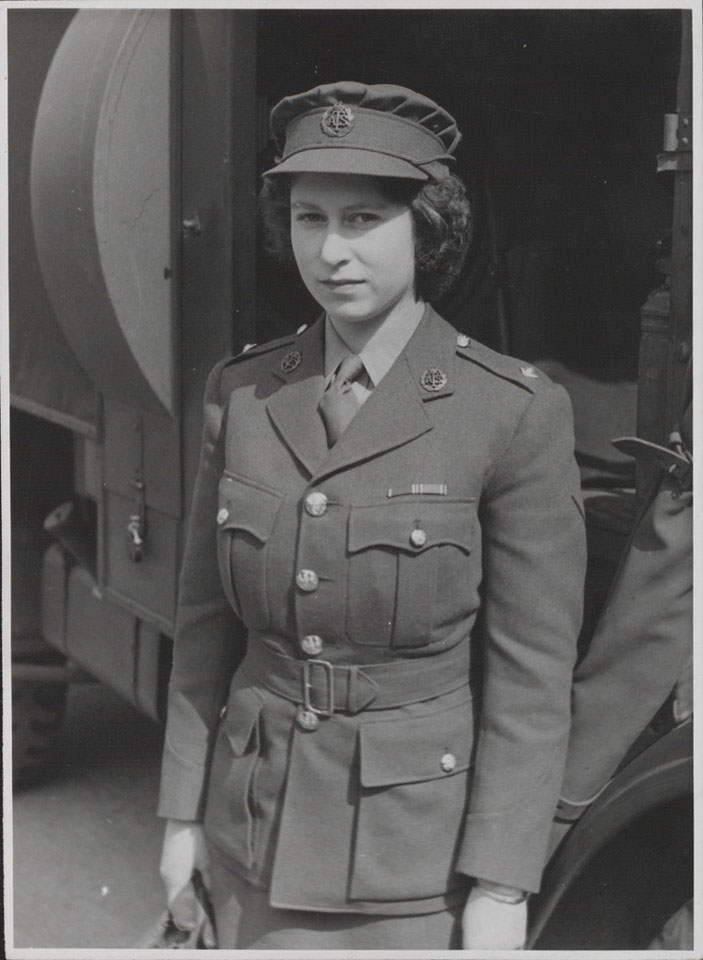
Princess Elizabeth in her ATS uniform (National Army Museum, Public Domain)

Queen Elizabeth II served as a mechanic in the ATS during World War Two; she stands in front of an Austin 10 ‘Tilly’ light utility truck with an Austin ambulance to the right. The photograph was taken on the day Princess Elizabeth’s mother and father, King George VI and Queen Elizabeth, visited her unit. (National Army Museum, Public Domain)
Princess Elizabeth and the ATS
The ATS was formed in 1936, from the legacy of the First World War and the Women’s Auxiliary Army Corps. The new group saw women undertake a range of roles that were vital to British efforts in the Second World War, in roles such as cooks, telephonists, drivers, postal workers, searchlight operators, and ammunition inspectors.
In April 1941, the ATS was granted full military status (it had previously been attached to the Territorial Army) and, in December of that year, conscription was extended to include women.
Elizabeth joined a group of around 200,000 women across the Empire in March 1945, just a few weeks before her 19th birthday, when she began training as a mechanic. She was driven each day from Windsor Castle to the training facility for 9am, and then back again each evening – under heavy protection of course.

Princess Elizabeth changes a wheel (National Army Museum, Public Domain)
In April, the Princess would qualify from her driving and vehicle maintenance course, which required her to drive a heavy Army truck alone and unescorted from the Mechanical Transport Training Section in Camberley into central London. She was then able to be a Second Subaltern – a junior officer – for the Windsor Unit.
Alongside these skills, Elizabeth learnt mechanics theory and map reading with her cohort.
The work wasn’t without its dangers: 335 ATS women were killed and many more injured in the six years of war. However, this is likely due to the proximity to actual warfare was increased with some duties due to a shortage of men, such as operating radar and being part of crews of anti-aircraft guns crews and military police.
During her training in Camberley, her parents and sister paid an official visit. Elizabeth was treated like all the other women during the visit and later said of the work involved: ‘I never knew there was quite so much advance preparation [for a royal visit]… I’ll know another time.’
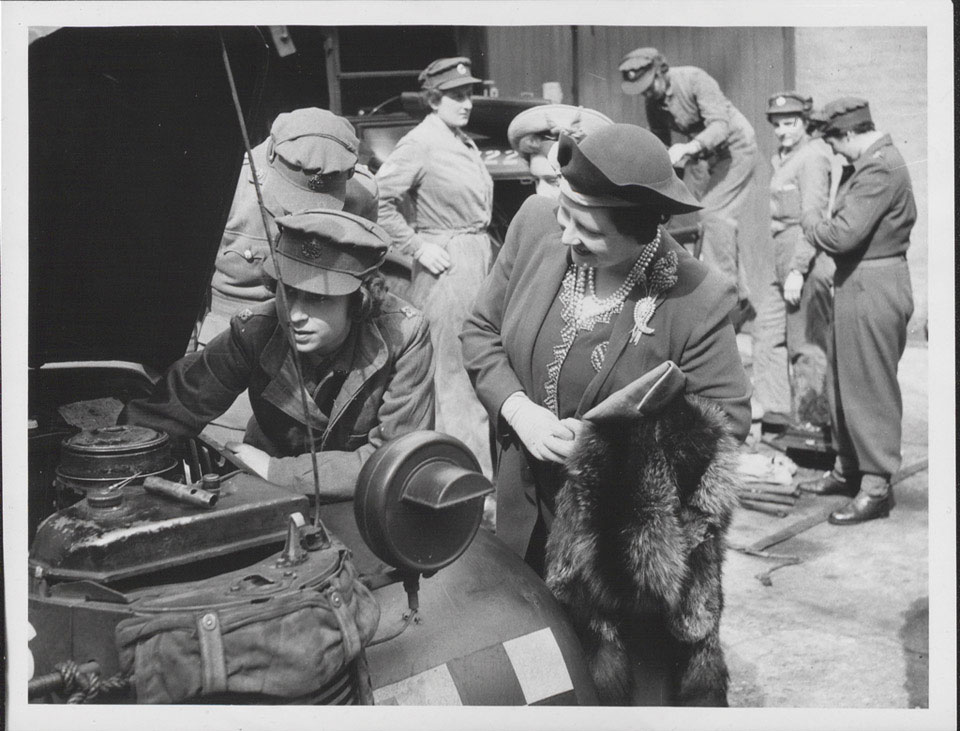
Queen Elizabeth watches her daughter work on a n engine during a visit to the ATS with George VI (National Army Museum, Public Domain)
The young Princess commented of her time in the ATS, curator Kate Clements shared ahead of an Imperial War Museum exhibition, previously explained: ‘I never worked so hard in my life but I really enjoyed it.’
By the end of the war, Elizabeth had reached the rank of Junior Commander (equivalent to Captain) and passed out as a fully qualified driver.
Victory in Europe
Victory in Europe would come on 8th May 1945, with the people of London taking to the streets to celebrate the defeat of the Nazi’s and fascism. They gathered in front of Buckingham Palace, where the Royal Family gathered on the balcony to greet them. Princess Elizabeth proudly wore her ATS uniform.

Celebrating VE Day 1945. Photo courtesy of Crown Chronicles
It was on this famous day that the Princess would use her uniform as camouflage to go out into the crowds and celebrate with the people. ‘I think it was one of the most memorable nights of my life,’ she would recall.
She explained how she ‘pulled my uniform cap well down over my eyes… I remember lines of unknown people linking arms and walking down Whitehall, and all of us were swept along by tides of happiness and relief.’
Her time in the military would serve her well in many ways. It gave her an understanding of the military as its future Commander in Chief. It also gave her an understanding of cars which she used throughout her life.
The late Queen was regularly seen driving around Balmoral, Sandringham and Windsor until the end of her life, and would often drive official guests around the estates during their visits.
Most importantly though, as someone who would always stand out, her time in the ATS let her be one of the crowd – if only just for a few months. She got to be ‘Elizabeth Windsor’, a fellow soldier, another person doing their bit, another person celebrating – just another face in the crowd.
In 1949, three years after its disbandment, the ATS would be absorbed into the newly formed Women’s Royal Army Corps.
The late Queen was also the last surviving Head of State to have served during the Second World War.

